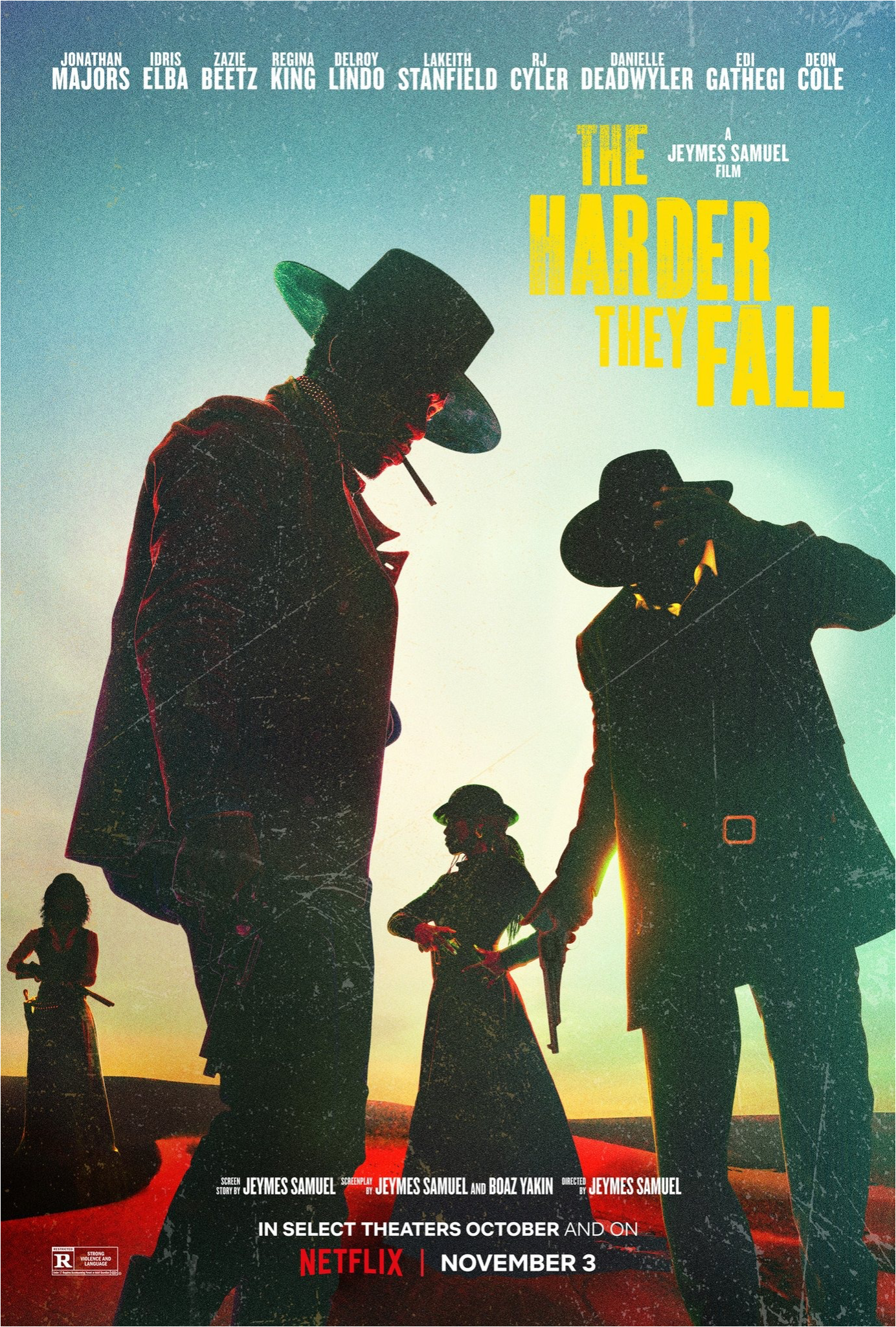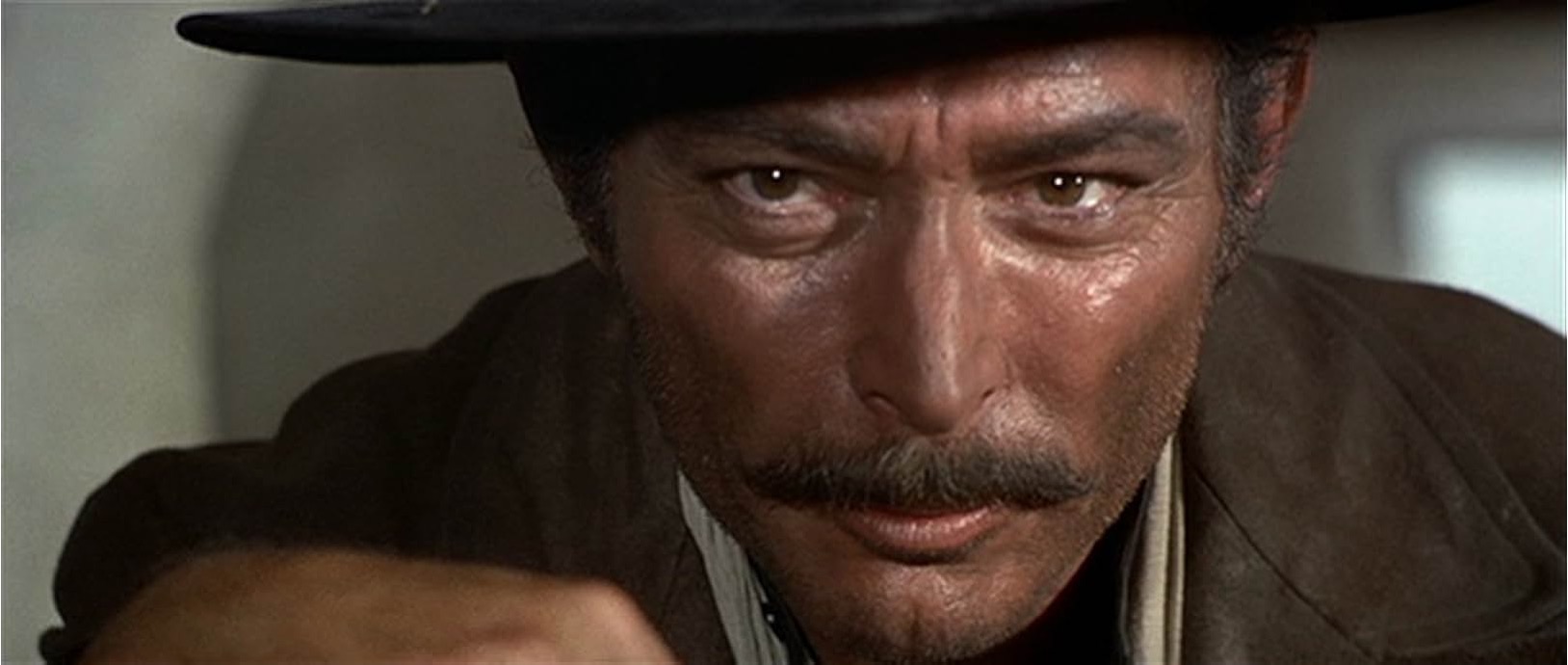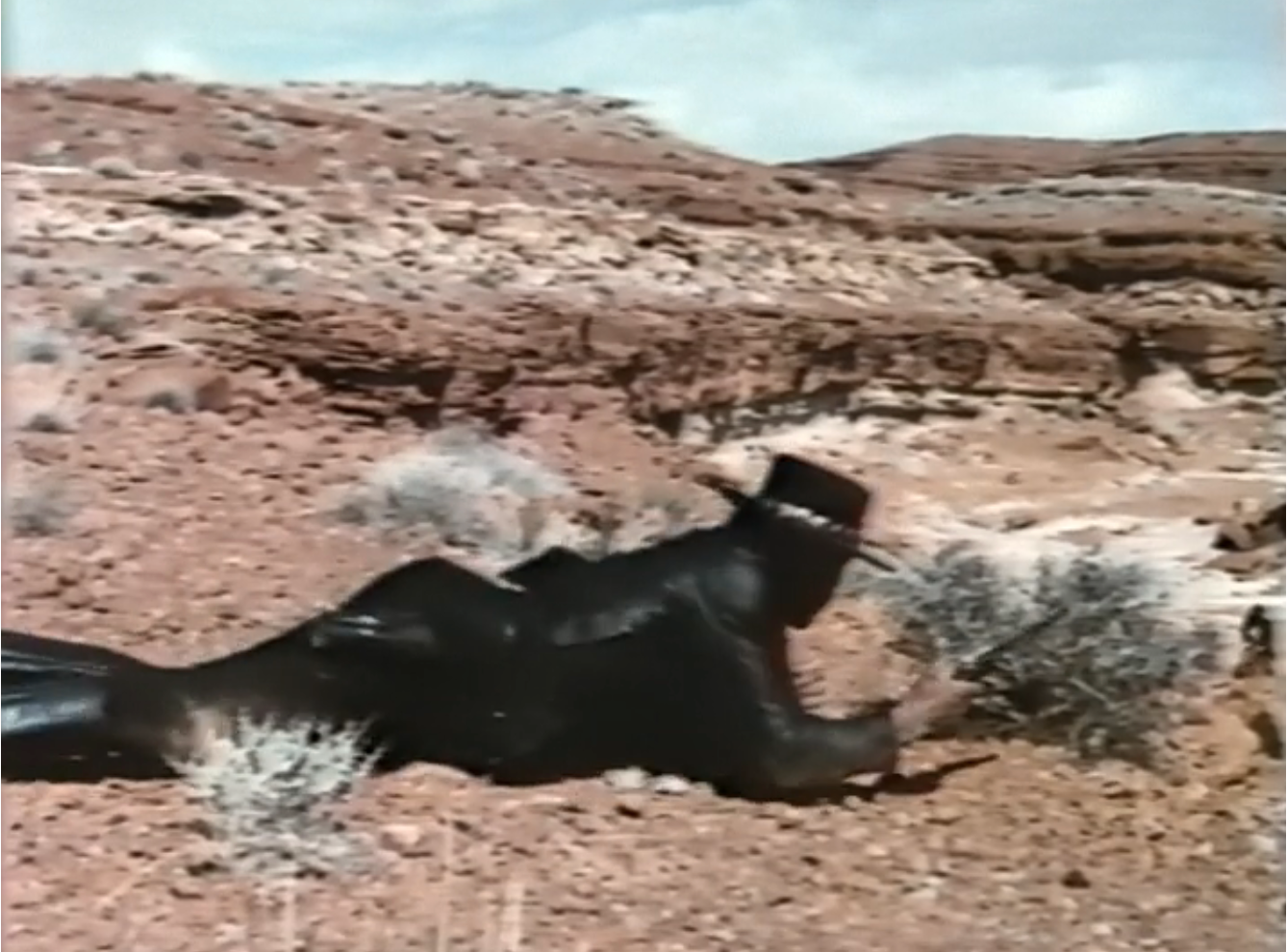Cool Hunter

The CODE-X series catalogs a vast codex of source codes (aka “signs”) extracted from past audits.
The object of study in semiotics is not the signs but rather a general theory of signification; the goal of each “audit” is to build a model demonstrating how meaning is produced and received within a category or cultural territory. Signs on their own, therefore, only become truly revelatory and useful once we’ve sorted them into thematic complexes, and the complexes into codes, and the codes into a meaning map. We call this process “thick description”; the Code-X series is thin description.

“COOL HUNTER” NORM: Stylish, swaggering, bold… yet also lethal and effective.

“COOL HUNTER” FORMS: Body language at times is feral —i.e., crouching, lying prone, like a predatory cat. They often stand in a way suggesting they’re ready to draw their gun and kill you. Squinting eyes — suggesting lethal marksmanship, but also it’s a predator’s gaze. Dandyism — taking pains with their personal appearance, suggesting self-control and precision in all things. People speak about them with fear and awe. “You’re cold as the snow” someone tells Will Munny (Unforgiven).
From a 2024 study of the PREDATOR (defined as: rebellious and unorthodox, rewriting the rules to suit yourself) territory within the American West space — as surfaced from movies, TV shows, and videogames. Semiovox collaborated with Ramona Lyons.

